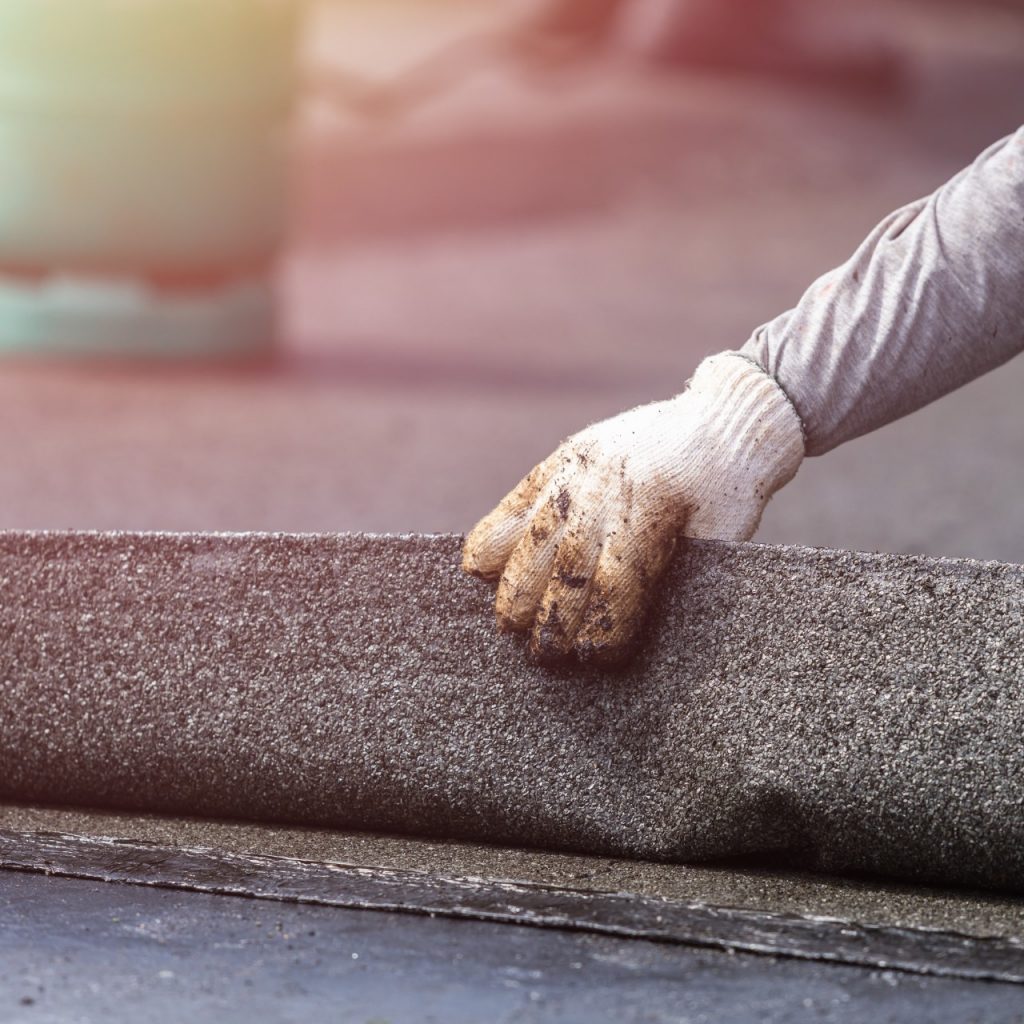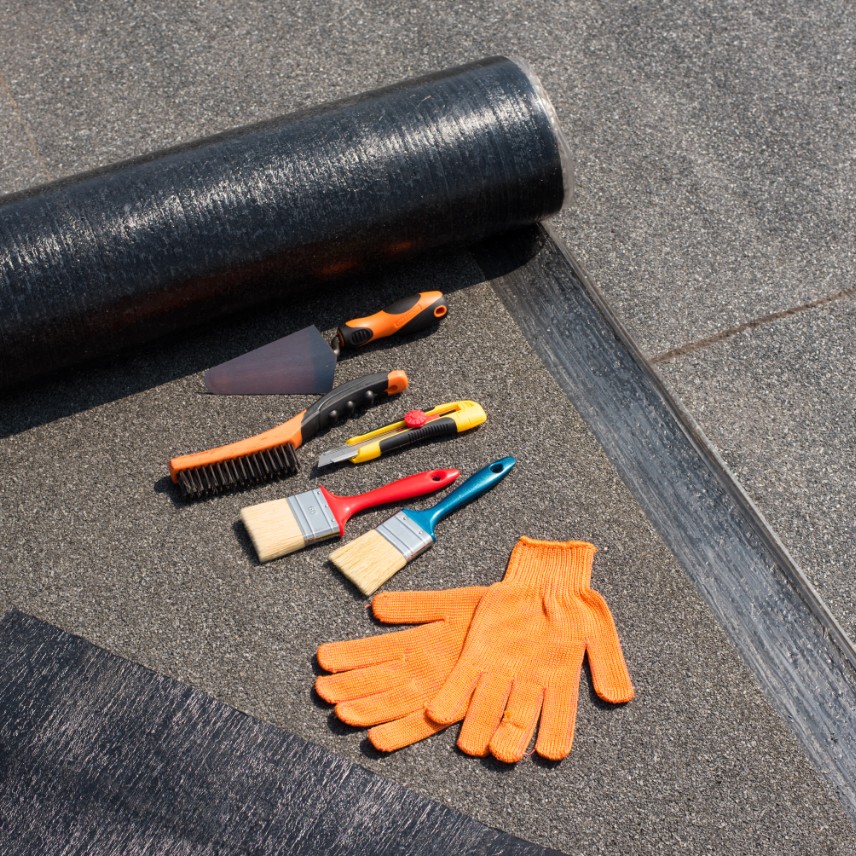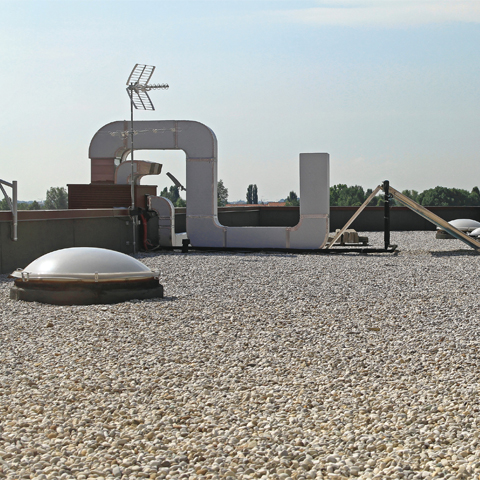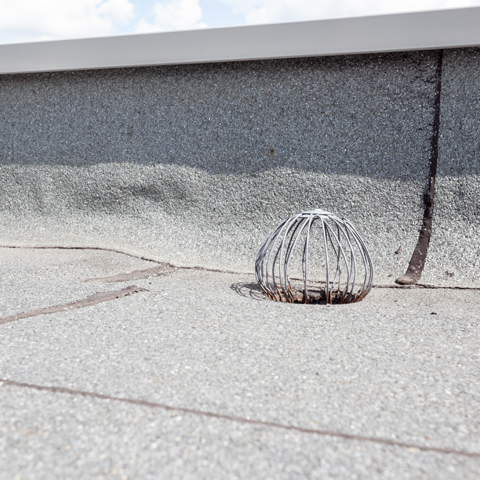
Quality roofing for commercial properties
What’s EPDM roofing? Ethylene Propylene Diene Monomer, a synthetic rubber substance that is extremely durable, making it perfect to use a roofing membrane. The two key ingredients of this project are ethylene and propylene, products derived from natural gas and oil. They use it in most low-slope buildings in America.
Another popular material or commercial roofing is TPO. A member of the rubber roofing material family, containing a blend of ethylene-propylene rubber and polypropylene. TPO is often used when EPDM roofing isn’t.
There are many choices of materials for commercial roofing, so many, that most business owners leave the decision up to the roofing contractor to choose. Is that the wise way to go about roofing a commercial building? At the very least, a building owner should have some idea of what different materials are available and what benefits each offers. In this piece, we will talk about EPDM roofing and answer frequently asked questions while providing helpful information to decide if this is the right material.
EPDM roofing material
EPDM roofing material has been used on commercial structures for years, and it now picks up in popularity for residential structures. Ethylene Propylene Diene Monomer, or commonly referred to as EPDM, is a sustainable material that if you don’t have it already, consider it for your next roofing project.
Lightweight – EPDM is made of rubber mostly, making it a lightweight material easy to install. With EPDM roofing material, there are no extra steps to take to reinforce it.
Less Seams – An EPDM roofing system will have fewer seams, minimizing the chance of leaks and less chance of other damage.
Durable – EPDM roofing is an extraordinary material that has resistance to weathering and can last 20 years or longer with proper inspections and maintenance. If you want to go with a roofing material that is the most popular, EPDM would be the choice.
Affordable – The affordable factor is another reason EPDM roofing is a favorite by commercial property owners. When it comes to having it installed, it is less time consuming for the contracts, therefore less charges to you.
White EPDM roofing
Commercial roofing contractors are asked if a white EPDM roofing material has more benefits than the traditional black. The biggest benefit is that the performance standards of white EPDMhold a higher performance standard than traditional black EPDM roofing. White is also a more reflective color against the sun’s UV Rays, which is beneficial in regions where the summer months are the hottest.
EPDM roofing for sale
They sell mostly EPDM roofing material to commercial roofing contractors in large quantities and sizes, starting at 7.5 feet wide up to 50 feet wide and a thickness of 45mil to 60 mil, in 2 colors, black and white.
EPDM roofing installation
When you’re making the investment for new roofing and choose EPDM roofing, always hire a roofing contractor that knows how to do EPDM roofing and knows how to fit EPDM roofing so you get the best deal for your money and it properly protects your building. These roofing contractors can install EPDM three different methods:
- Fully Adhered
- Ballasted
- Mechanically

Disadvantages of EPDM roofing
As a commercial building owner, you’re likely always looking for ways to save money. When it comes to repairing or replacing the roof, a major expense, EPDM roofing may seem the best economical way to go, but it does have some drawbacks that should be considered first:
- Damages Easily: EPDM roofing provides great protection in most cases and circumstances. However, it is not as durable in hailstorms or high winds where debris is tossed upon it. So, can you walk on EPDM roofing? With extreme caution, proper footwear and with planks in place to walk on so you aren’t walking directly on the membrane. After any type of storm, an inspection should be done immediately, and any damage needs to be repaired promptly.
- Inexperienced Contractors: Because EPDM roofing is easy to use, it is assumed that any roofer can install it, and that is not correct It takes training gaining experience in working with EPDM roofing to do it properly so there isn’t any disastrous consequences. The same as with your plumbing, trusting your staff maintenance team to detect plumbing leaks and repair them properly will cost you more in the long run when you have to call a professional plumber.
- Shrinkage: Over time, rubber roofing material like EPDM roofing will shrink due to the elements it is exposed to, mainly the UV rays. This can be avoided by having the roof coated with acrylic paint, but even then, you can expect to need it’s professional resurfaced in 7 to 10 years.
- Bulges and Lumps: Every commercial building will have bulges and lumps protruding from plumbing pipes and vents and the HVAC unit. This creates a natural vulnerability of the EPDM roofing integrity. Always make sure any contractor that has to go to the roof is aware of the roofing material, so they can prepare to work with it.
EPDM roofing is an excellent material for a commercial building and should always be considered when shopping for roofing. It is worth the time to look at others and consider the disadvantages of EPDM roofing though and compare it to where it will be used. Dial (214) 373-1500 today for your EPDM installation in Dallas, TX.


